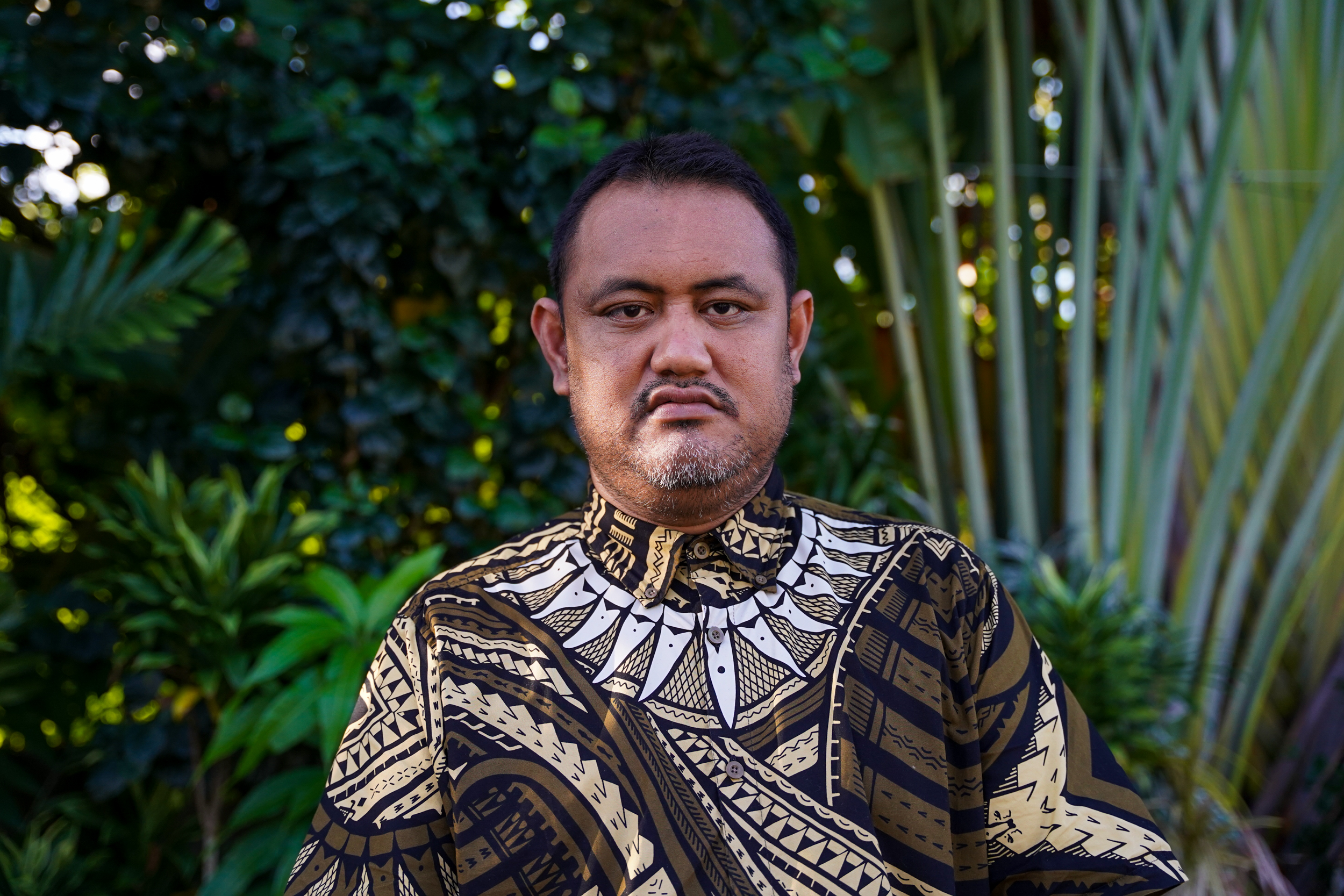
News
Breaking Barriers Through the Lens
DJP Fellow Sa Utailesolo Wants to Share His Video Production Knowledge with Others to Further the Cause of Disability Rights in Samoa
June 30, 2023
APIA, Samoa – Question: Tell me your name and which organization you are working for and your role and responsibilities.
Answer: My name is Sa. I’m from the village of Napier, and I’m a man, 41 years of age. I’m married and have one son. I work at NOLA [Nuanua O Le Alofa] as finance and administration. Fifteen years of my service to the organization. NOLA is a national advocacy organization here in Samoa. And also it’s the only OPD here in Samoa.
Question: What is your motivation to apply for the Disability Justice Project?
Answer: Because this program it’s help for us to do our work, like to advocate and make tools or videos to promote our rights of persons with disabilities.
Question: What challenges do you face when you tried to apply for this program or what challenges might you expect to come across when participating in this DJP program?
Answer: English is not our first language, but we try so hard to understand and they make things easy to understand. As a person who is visually impaired, it’s quite hard to see things like the demonstration, to explain things like seeing the cameras.
Question: So what are some of your expectations that you would like to achieve after joining this DJP?
Answer: One of the expectations, it’s to know how to make or produce a video and also how to write the stories that go along with the videos.
Question: Tell me about your plan, after obtaining this program.
Answer: First thing when I return back to our office, it’s to make a video. The other thing is to train and share my knowledge with other colleagues. And also to make more videos so you can get better and better for making a documentary or promotional materials for ours. Like, I said, this is a good experience to promote our organization and also our work to the community and the country.
Question: What is your message to other people with disabilities out there who also might want to participate in such a program like DJP?
Answer. This is an amazing project to promote our rights. This is the first training for the Pacific region, so I think it’s nice to have another opportunity for our Pacific people. If they had other opportunities for a disability community here in the Pacific, I’d like them to use wisely the opportunity if they got the chance to participate.
DJP Fellow Melvina Voua is involved in many volunteer activities with youth groups, women’s groups and people with disabilities in her community. She is a member of People with Disability Solomon Islands (PWDSI), the umbrella body of organizations for people with disabilities in the Solomon Islands. @2023 PWDSI. All rights reserved.
News From the Global Frontlines of Disability Justice
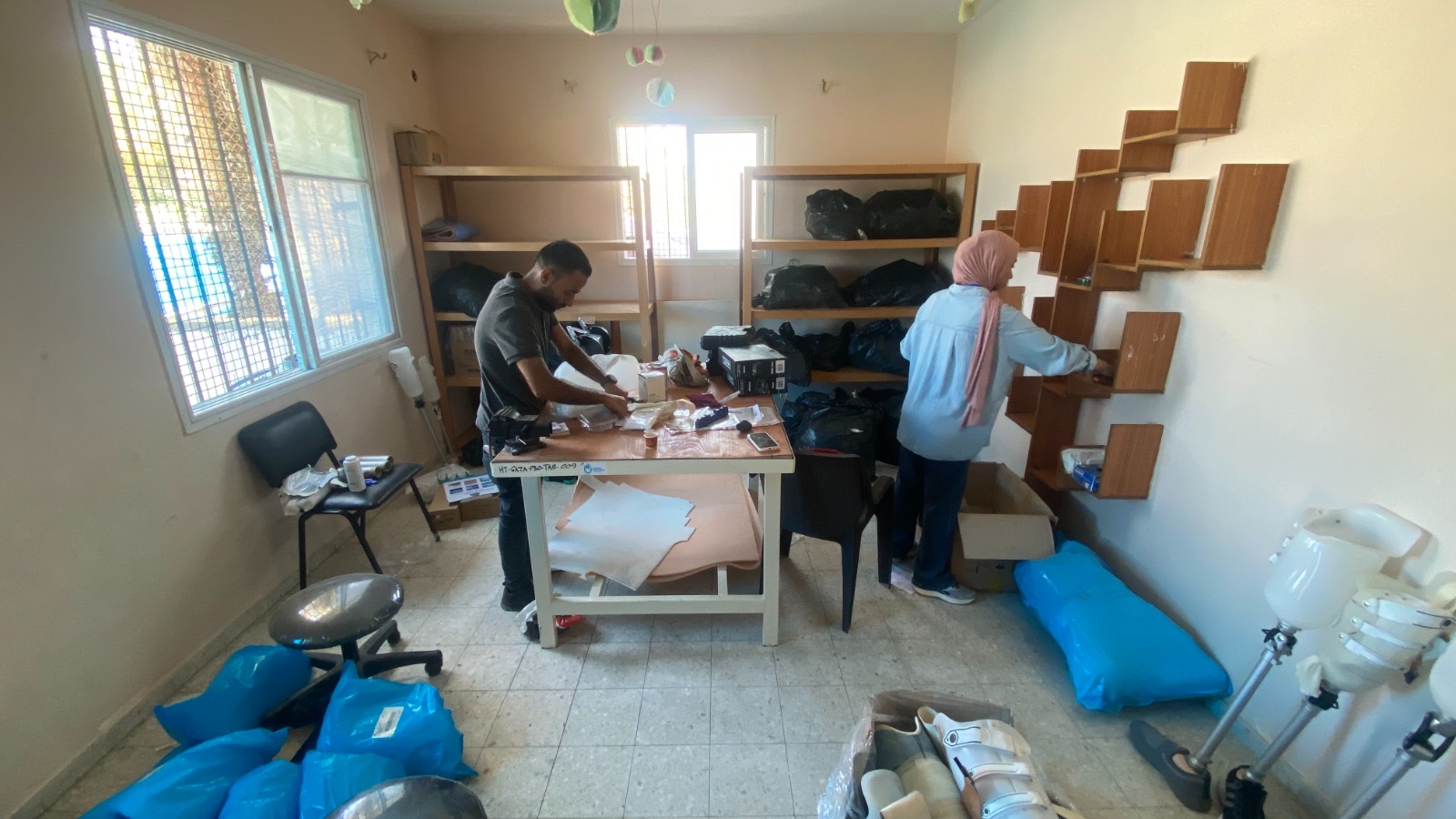
Gaza’s Amputees
At the Nahla Prosthetics & Orthotics Center in Gaza, staff wake up each day wondering if it’s safe to open before treating a handful of people in need of new limbs, adjustments, or psychosocial support. With famine declared in Gaza City and aid restricted, the center faces mounting shortages of materials and trained technicians. “Our colleagues call the situation a nightmare with no end,” says Zaid Amali, Humanity & Inclusion’s senior advocacy officer in Palestine.

‘People like Me Can Dare to Dream of Standing Upright’
Rwanda’s decision to cover prosthetic and orthotic services under national health insurance is being hailed as a milestone for disability rights. Advocates say it marks a shift toward greater inclusion and access to essential mobility aids. “This is more than a health policy,” says Jean Baribwira. “It is dignity, inclusion, and hope.” For many, the change represents long-overdue recognition of mobility as a basic right.
Read more about ‘People like Me Can Dare to Dream of Standing Upright’

More Than Words
In Nigeria, native sign languages like Yoruba, Hausa, and Igbo Sign Language are far more than communication tools. They are living expressions of Deaf identity and culture. While often dismissed as unsophisticated or “pidgin,” these local variants foster deep connection, creativity, and self-expression among Deaf communities, particularly those left out of formal education. “It isn’t something one can learn online,” says Douglas Izu. “One learns it through deep immersion in the adolescent Deaf community.”
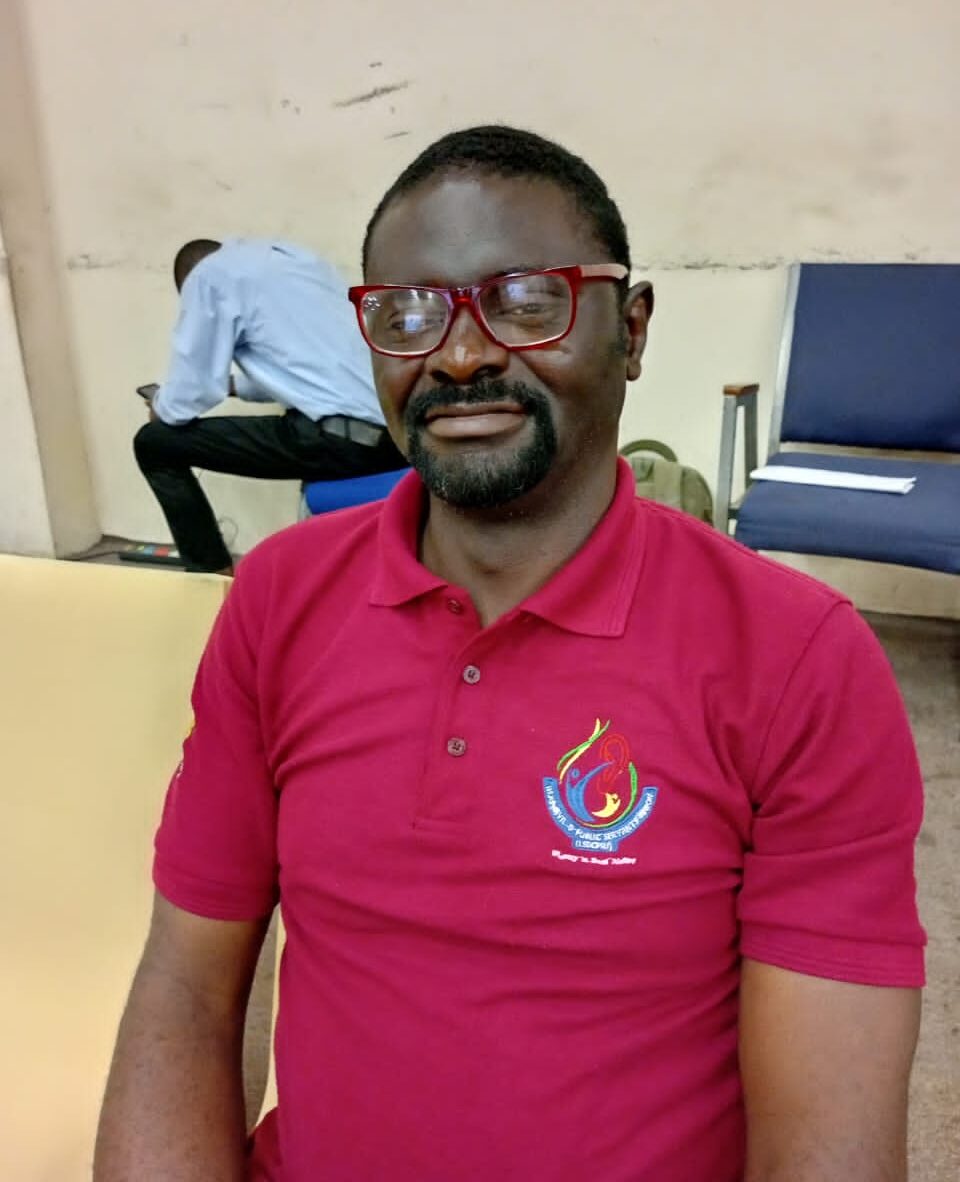
From Isolation to Advocacy
Nigeria’s DeafBlind community has long lacked recognition, but the launch of the Deaf-Blind Inclusive and Advocacy Network marks a turning point. Led by activist Solomon Okelola, the group seeks to address communication barriers and a lack of support. Among those affected is John Shodiya, who once thrived in the Deaf community but struggled with belonging after losing his sight.
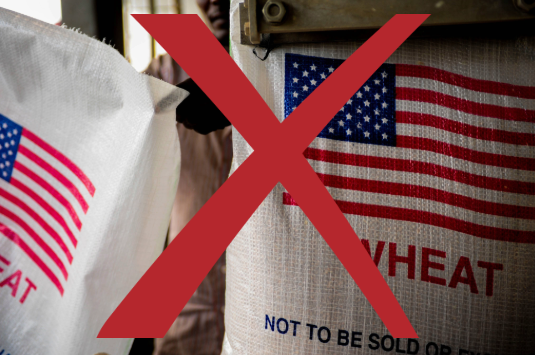
Disability Aid Disrupted
The Trump administration’s 90-day pause on USAID funding has had far-reaching consequences, particularly for disabled people and organizations worldwide, including members of the Disability Justice Project (DJP) community. Activists from Nigeria, the Democratic Republic of Congo, and Rwanda report severe disruptions, deepening challenges for marginalized communities, especially disabled people facing conflict, poverty, and structural discrimination.
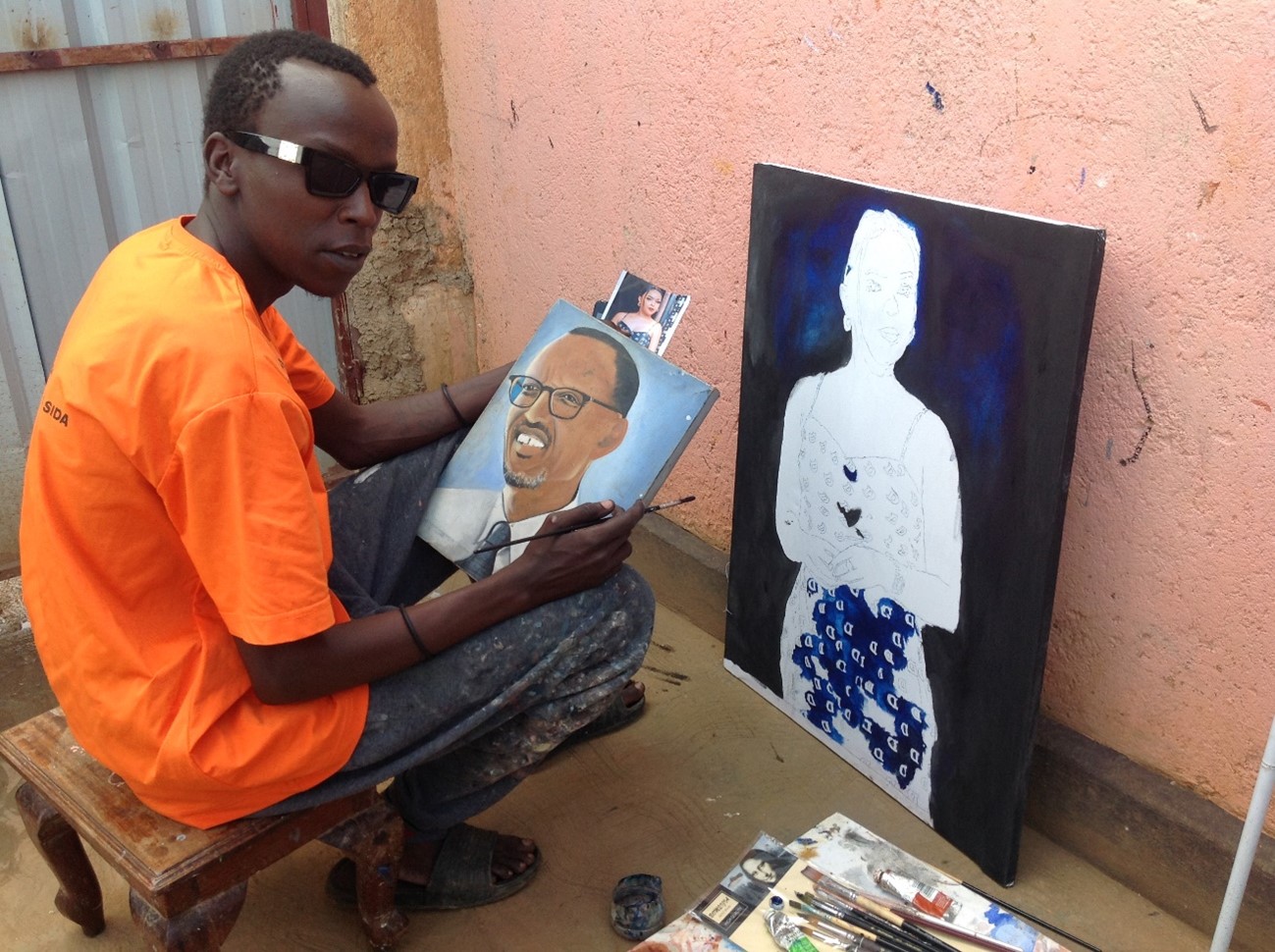
A Life’s Work
After losing his sight, artist Jean de Dieu Uwikunda found new ways to create, using a flashlight at night to outline objects and distinguishing colors by their scents. His story, along with that of DeafBlind sports coach Jean Marie Furaha, is rare in Rwanda. While over 446,000 Rwandans have disabilities, a 2019 study found that only 52 percent of working-age disabled adults were employed, compared to 71 percent of their non-disabled counterparts.